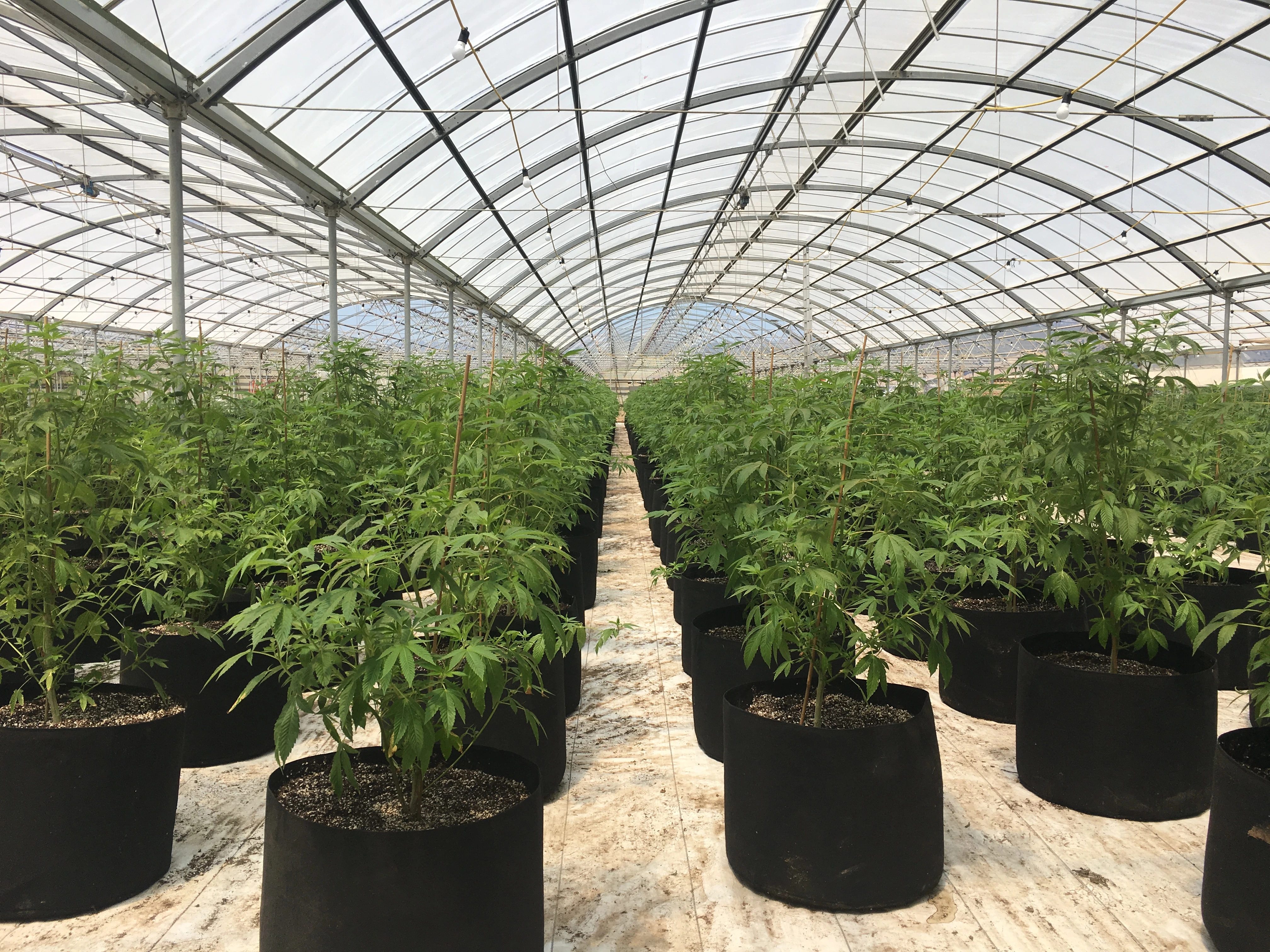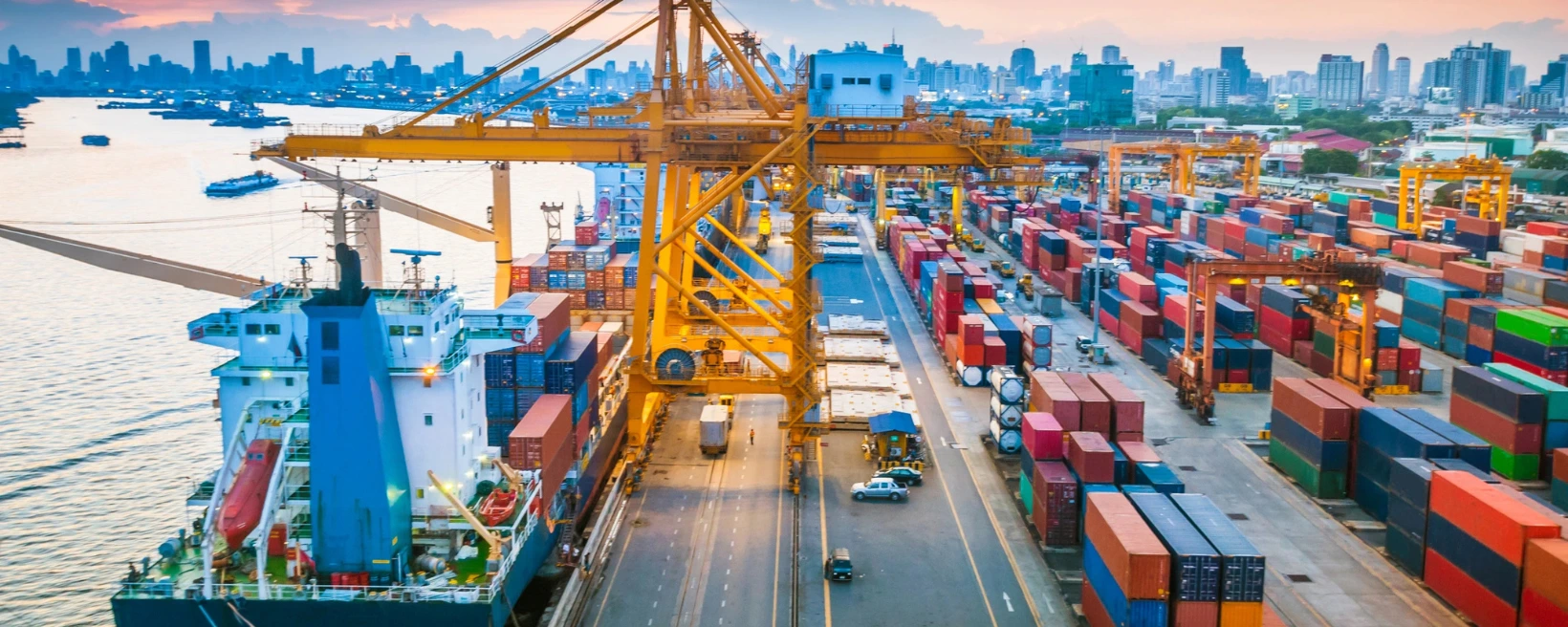Supply Chain Disruptors: Ripple Effects of the U.S. Government Shutdown
The ongoing U.S. government shutdown, which began on October 1, 2025, has set off a chain reaction throughout the nation’s logistics, manufacturing, and trade ecosystems. With congressional negotiations at a standstill, the effects on the supply chain have become increasingly visible, revealing just how dependent modern commerce is on uninterrupted federal operations.
Regulatory and Compliance Paralysis
Perhaps the most understated side effect of the federal government shutdown comes from regulatory disruptions. Key federal agencies that ensure compliance — such as the Food and Drug Administration (FDA), the Environmental Protection Agency (EPA), and the Department of Agriculture (USDA) — have furloughed large portions of their inspection and approval staff. This means that exporters of agricultural products, medical devices, and pharmaceuticals cannot finalize export permits or complete mandatory safety certifications. Companies dependent on these approvals are stockpiling inventory, which inflates storage costs, bottlenecks distribution centers, and creates contractual uncertainty for partners.
Port and Customs Bottlenecks
While Customs and Border Protection (CBP) officers remain on duty as essential personnel, thousands of their support staff and administrative workers are furloughed, delaying document processing and inspections. During the 2018–2019 federal government shutdown, similar conditions led to a 15–20% increase in shipment dwell times at the Los Angeles-Long Beach port complex, and industry executives now warn of comparable risks in 2025.
Perishable goods and pharmaceuticals are particularly vulnerable. Importers face spoilage risks when shipments languish in containers awaiting clearance. Exporters, on the other hand, are struggling to obtain timely certifications, causing missed deadlines and contract penalties.
Trucking, Rail, and Air Freight Challenges
The government shutdown has also affected freight movement across land and air corridors. Trucking companies continue operations but are unable to process new federal permits, compliance checks, or background screenings for new drivers, which complicates fleet expansion.
Railroads remain functional but experience bottlenecks at U.S.-Mexico and U.S.-Canada crossings, where fewer customs inspectors are available. Cross-border automotive and agricultural supply chains are experiencing intermittent slowdowns, prompting some manufacturers to reroute cargo through inland ports or air freight options.
Air cargo faces its own turbulence. The Federal Aviation Administration (FAA) and Transportation Security Administration (TSA) have kept essential personnel on duty, yet pilot certifications, aircraft safety reviews, and new route approvals are on hold. Unpaid FAA and TSA employees are experiencing increased absenteeism, echoing problems first seen during previous government shutdowns.
Warehousing and Distribution Pressures
The cumulative impact of slower port processing and freight bottlenecks has hit warehousing and distribution networks nationwide. Facilities that typically operate on precise schedules now swing between underutilization and overcapacity. When inbound shipments stall, warehouses sit half-empty, freezing revenue and labor efficiency. When backlogs clear suddenly, surges overwhelm workers and automation systems, leading to overtime costs and scheduling issues.
Retailers face additional difficulty meeting “on-time, in-full” delivery standards demanded by major e-commerce and grocery chains. Many logistics firms are renegotiating contract flexibility clauses or investing in digital resilience and predictive analytics to simulate possible delays before they materialize.
Federal Contractors and Industrial Base Effects
The industrial base — particularly sectors tied to government contracts like defense, energy, and infrastructure — is also constrained. While pre-funded contracts continue, no new obligations can be made. This halts or delays production linked to federal procurement, from aircraft components to microelectronics. Organizations dependent on state reimbursements for research and development (R&D) or capital expansions face halted payments, leaving subcontractors and suppliers in limbo.
As a result, manufacturers in aerospace, shipbuilding, and advanced semiconductor supply chains now risk setbacks in project timelines. Prolonged stagnation could undermine competitiveness in the Indo-Pacific security and technology races, as U.S. production slows and foreign supply lines struggle to adjust.
Global Effects and Strategic Reform
Given the interconnected nature of trade, the U.S. shutdown is not an isolated domestic issue. It is producing what can be described as a “butterfly effect”— minor administrative delays that escalate into worldwide disruptions. Regulatory delays stateside can mean factory downtime in overseas operations.
Global suppliers reliant on U.S. regulatory documentation face complications shipping goods to countries, as international agreements often require American compliance certifications. The United States remains a linchpin in global supply networks, and even a temporary freeze in bureaucratic throughput can have international consequences.
These ongoing challenges underscore the urgent need to designate supply chains as national critical infrastructure. Despite years of discussion, the U.S. has yet to fully align policy and funding to secure supply chain resilience against both geopolitical shocks and domestic administrative interruptions. The Promoting Resilient Supply Chains Act, passed by the Senate earlier this year but stalled in the House, is now effectively frozen due to the shutdown.
Business leaders are now challenged to thoughtfully consider the strategies and tools they have in place to mitigate complex challenges. To maintain visibility amid disruptions affecting the global supply chain, many companies are increasingly adopting AI-driven predictive analytics, blockchain verification, and sophisticated tracking tools to remain competitive.
Outlook: Escalating Costs Without Resolution
If the shutdown extends into late October, economists predict compounding costs for companies across all sectors. Delays propagate through production schedules, transportation networks, and retail supply chains. Meanwhile, political gridlock persists, as the House and Senate remain divided over spending priorities. Until a resolution emerges, the fragile equilibrium of U.S. and global trade will continue to suffer — proving once again that supply chain health is inseparable from government stability.
Build Resilience with Citrin Cooperman
The 2025 government shutdown has highlighted that supply chains are only as resilient as the institutions that sustain them. Each stalled inspection, delayed certification, and furloughed customs officer ripples outward — reminding the world of the interconnectedness between advanced logistics networks and governance.
Citrin Cooperman’s Manufacturing and Distribution Industry Practice, complemented by our Digital and Cloud Services Practice, offers solutions and insights to help companies create value amid uncertainty. For more information, contact Justin Provencher.
Citrin Cooperman’s 2025 Manufacturing and Distribution Pulse Survey Report

Our 2025 Manufacturing and Distribution Pulse Survey Report of 500 industry leaders gathered insights into what is top of mind for the future. The in-depth analysis highlights key trends shaping the sector, including:
- Strategic supply chain and logistics investments
- Accelerated adoption of AI and advanced tech
- Emerging risks, like tariffs, inflation, and rising costs
- Forward-looking growth strategies, such as M&A and facility expansion
Latest Article Cards

Shades of Grey: Disclosures Under Section 6103(e)(8)
Read More

Cannabis Industry Alert: Executive Order Directs Completion of Marijuana Rescheduling Rulemaking
Read More

Cannabis Industry Alert: Executive Order Directs Completion of Marijuana Rescheduling Rulemaking
Read More
.webp)
Considerations for IT Outsourcing in 2026
Read More


